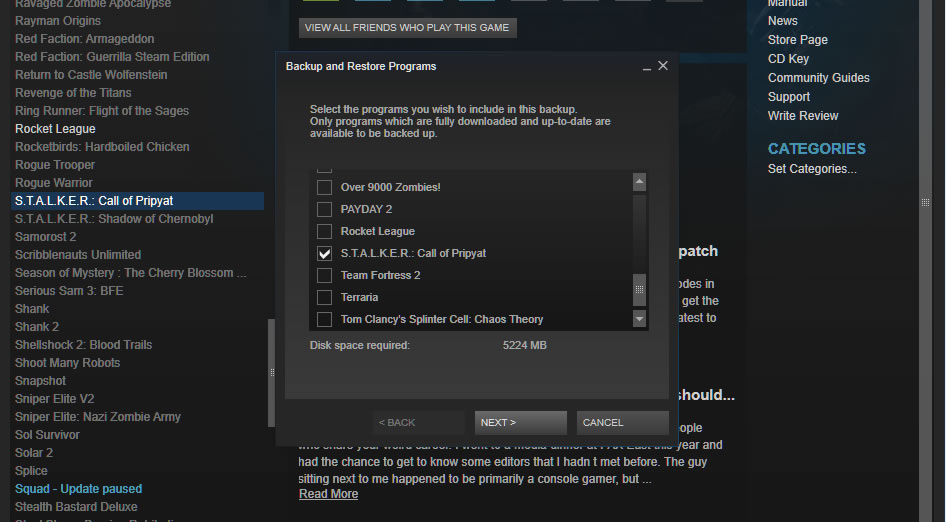
Preparing to Deploy Microsoft Teamsīefore you deploy the Teams client you should verify that Teams in your Office 365 tenant is configured the way you want it. If you block Teams from self-updating, Microsoft warns that your Teams experience will likely degrade and you’ll miss out on new features and performance improvements that are released. That makes it simple to maintain (as long as you allow it to self-update), and means that deploying Teams is basically a task of running the installer once, and then not running it again. It will check for, and download, any available updates each time the user runs the program. As you’ll see in the comments on this blog post below, this isn’t ideal for some environments for a variety of reasons. Whichever method you use to deploy Teams, the installer runs in the context of the logged on user, and installs to the %userprofile%\AppData\Local\Microsoft\Teams folder.

This package is suitable for GPO and SCCM deployment, but works a little differently than the setup.exe package, as you’ll see in the demonstration below.


 0 kommentar(er)
0 kommentar(er)
